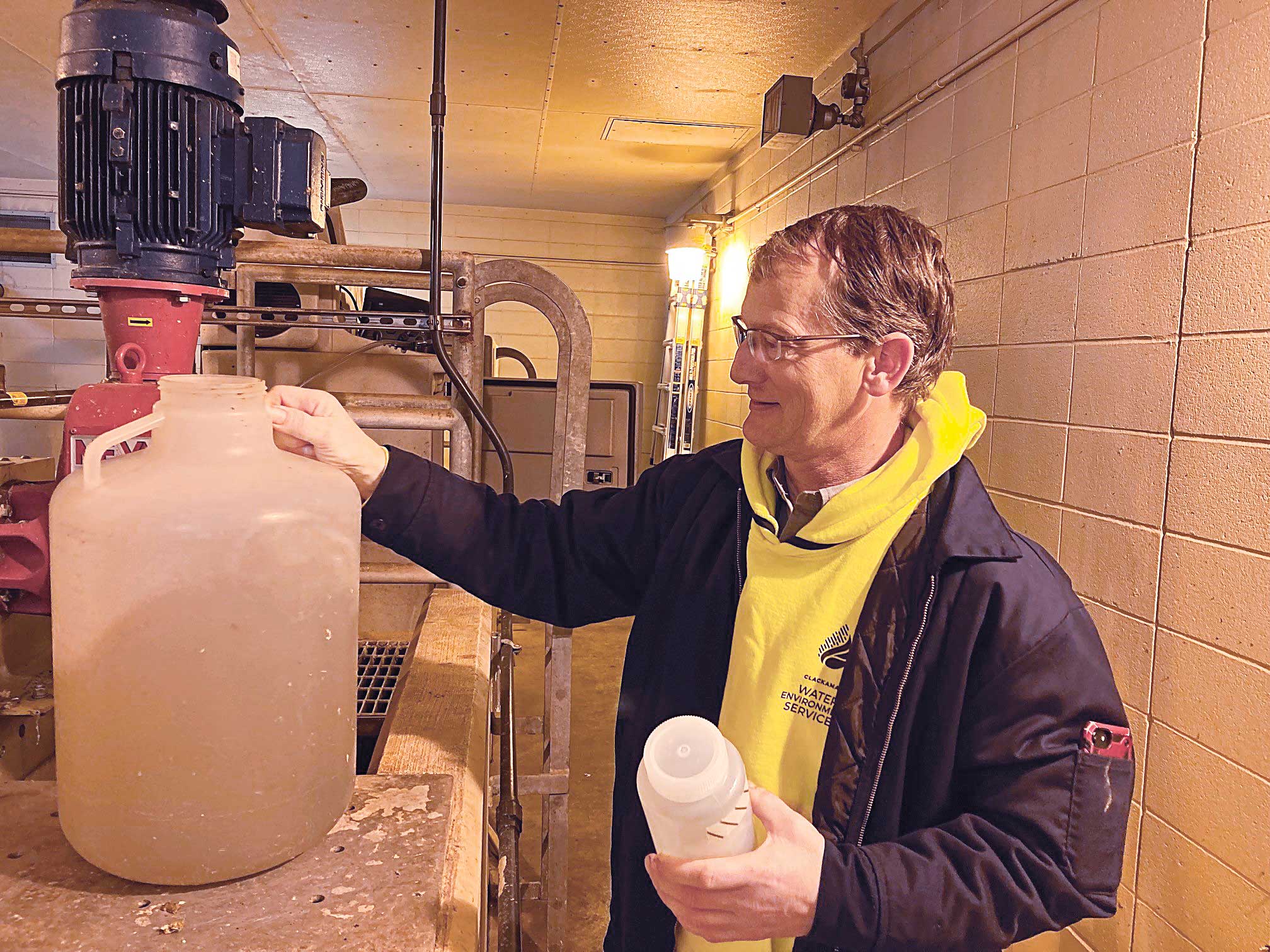If your home is connected to city sewers in Clackamas County, you’re probably helping scientists every time you flush your toilet.
How? That’s a story that started more than 150 years ago.
Dr. John Snow discovered in 1854 that cholera was a waterborne disease. He did this by comparing the water sources of infected households and healthy households. Through this, he tracked the source of the disease to a single pump on Broad Street in London. He later became known as the father of epidemiology, which is the study of the spread of disease and how it impacts people.
Ever since, scientists have used wastewater to track the health of our country. This was especially true during the polio pandemic in the 1940s and during the COVID-19 pandemic right now.
For the second time in this pandemic, Clackamas Water Environment Services (WES) was invited to participate in the CDC-developed National Wastewater Surveillance System. Eric Becker supervises the WES lab and helps facilitate county participation. “This program helps public health offi cials coordinate and track the presence of COVID-19 in communities’ wastewater systems,” Becker said. “Our data is being compared against samples collected all across the country.”
Sample collection began in mid-February and continued into early April. In addition to monitoring wastewater from the Tri-City and Kellogg Creek Water Resource Recovery Facilities, WES also collected samples from the Hoodland facility in Welches, a much smaller system and better indicator of community trends.
“One of the challenges we have is, as you look across the landscape of how this data is being used to help with pandemics ― the more targeted the scale, the more useful the data,” said Environmental Services Manager, Ronald Wierenga. “For example, a college dorm, et cetera. The bigger the system, the less valuable wastewater monitoring is. That’s why our Welches facility provides the more useful information.”
In an effort to streamline the process, the county used its library system as a courier for these samples. Alongside books, the library courier brought back a bottle of wastewater in a box from Welches to the Oregon City facility each day. The partnership saved potentially thousands of dollars and an untold number of hours of staff time.
From there, staff at the WES lab packaged up samples and shipped them to LuminUltra, a company partnered with the CDC, to test wastewater from facilities around the country. LuminUltra then provided the data to public health agencies online, including the county’s Public Health Division.
“This is epidemiology. This is not what we typically deal with,” Wierenga said. “We deal with parasites and toxins. When we get results on that, we know exactly what we are dealing with. So the interdepartmental piece is so important. We are experts in water sampling. Our Public Health Division is the expert in public health.”
That’s where Anna Menon and Allina Cannady come in. This pair of Clackamas County epidemiologists received weekly updates from LuminUltra in order to flag possible concerns.
“Wastewater sampling and sequencing can detect the early indications of COVID-19 spread within a community,” Cannady said. “As a local public health department, wastewater surveillance allows us to monitor and track the trends of SARS-CoV-2 concentrations in wastewater, and when used alongside other data sources, can support our public health response.”
Who knew toilet flushes could be so scientific?

 Translate
Translate





